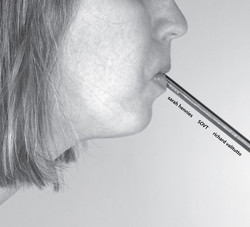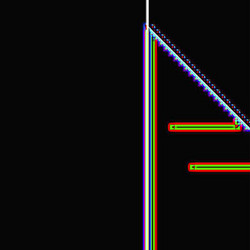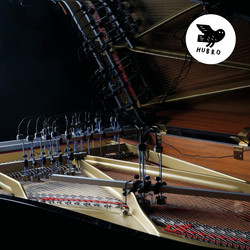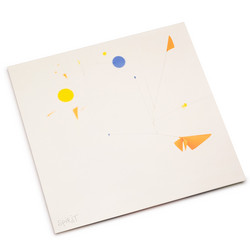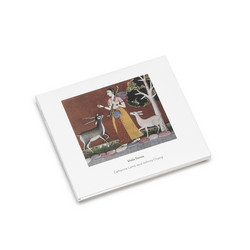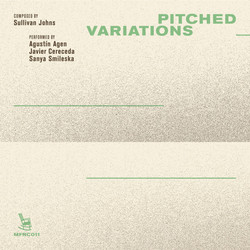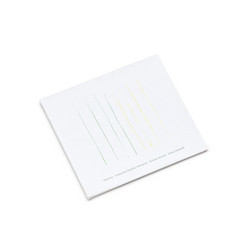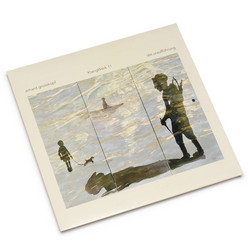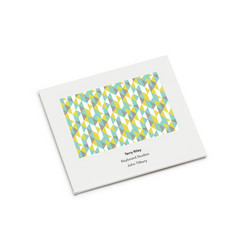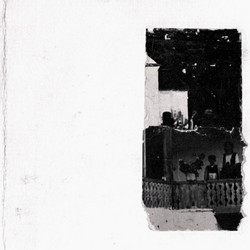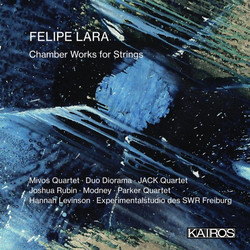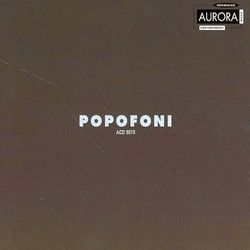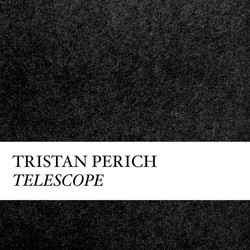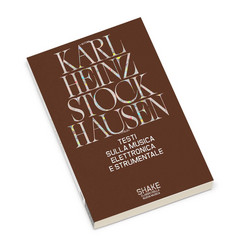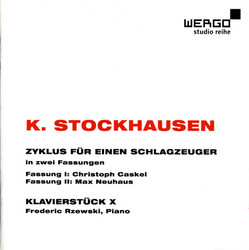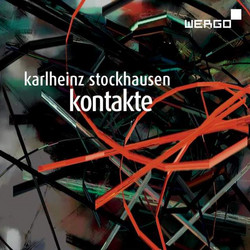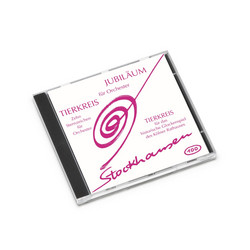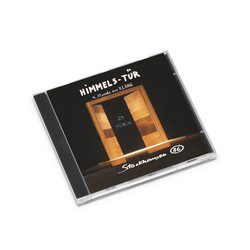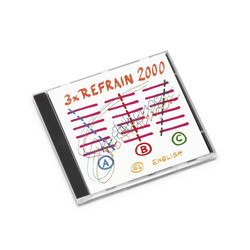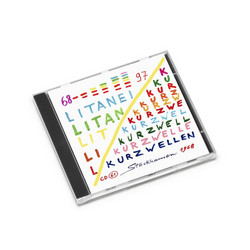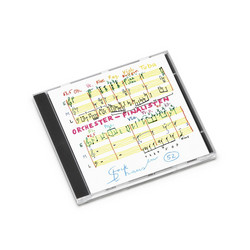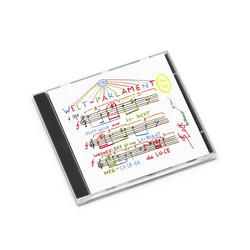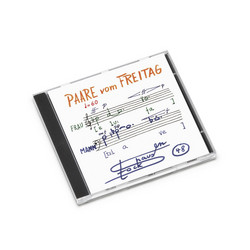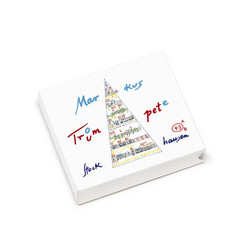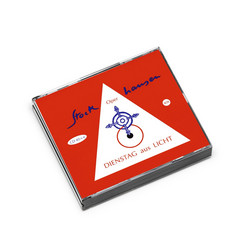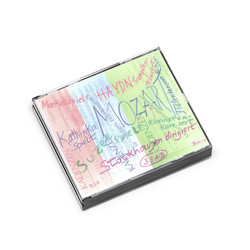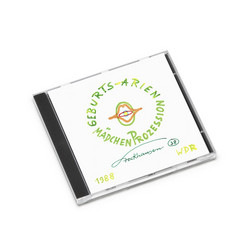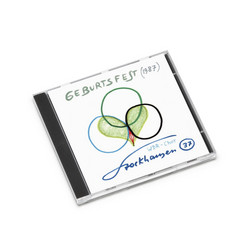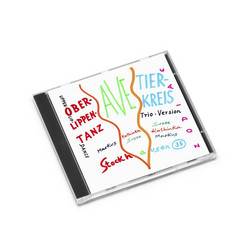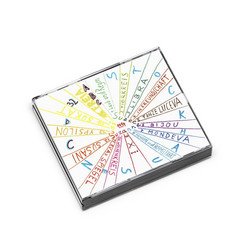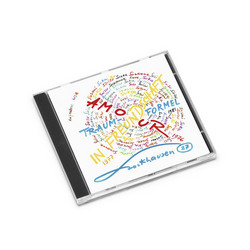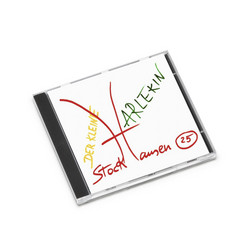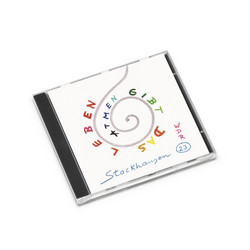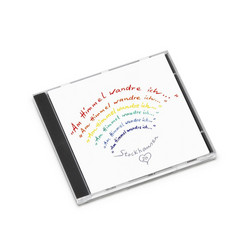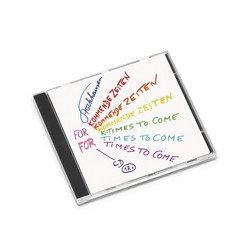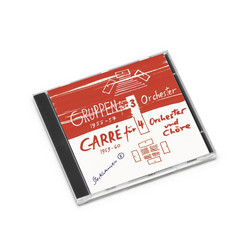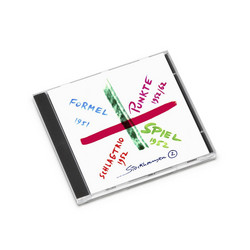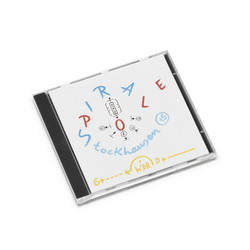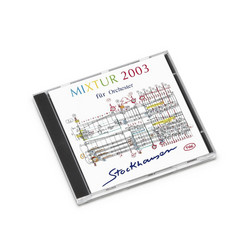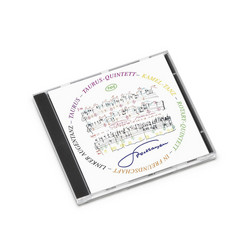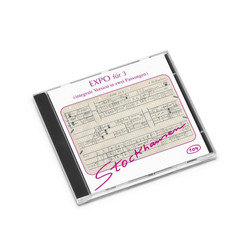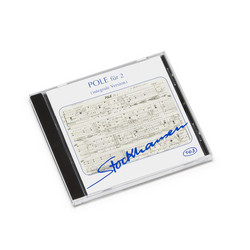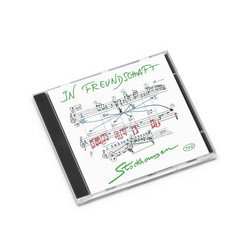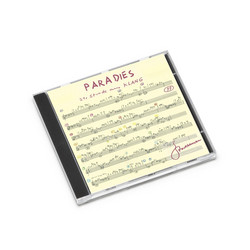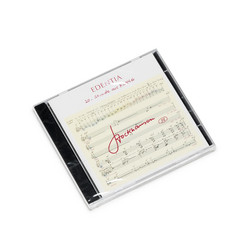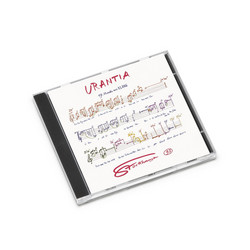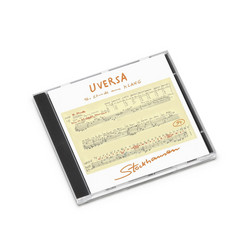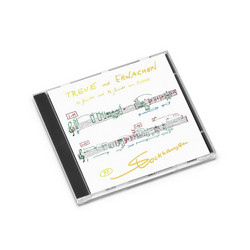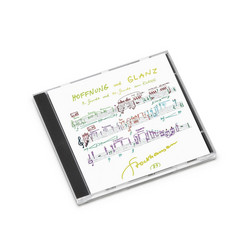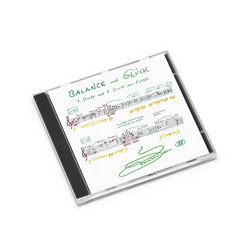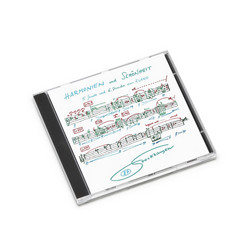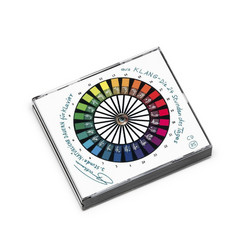*2022 Stock.* The Stockhausen Edition No.19 contains two recordings of the enigmatic orchestral work Trans, which highlights sometimes comic soloists playing against a backdrop of percolating winds and slowly-modulating strings. The imagery and general sonic characteristics of Trans came to Stockhausen in a dream he had in 1970. The result was an orchestral work where the most active members of the orchestra are hidden from view, and a slow-moving wall of string players hosts several comically bizarre parodies of modern classical music practice. At the same time, the sound of a huge wooden weaving loom moves across the stage, sometimes to the left and sometimes to the right. The harmonic density of the 42-member string drone alternately increases and decreases at the sound of each weaving loom sound, changing in "transparency", allowing the shadowy sonic figures of the hidden orchestra to peer through. Beyond the simple realization of a dream-vision, Stockhausen apparently used this scenario to communicate his impression of the modern orchestra musician as an ossified, creatively-starved robot at the service of the symphony orchestra machine. One title that he considered before settling on Trans, was "Music for the Next to Die (Requiem for the Orchestra)," which seems to imply that the practice of grooming assembly-line classical musicians was indeed a very bad thing. The 42 string players (including an electric organ) are set up as 2 rows at the front of the stage with a violet-red gauze curtain hung between them and the audience. Behind this phantom string section is a solid wall, and behind that wall is the rest of the orchestra (4 groups of winds, brass and percussion), which is never seen by the audience. The strings play loud drones (mezzo-forte amplified to forte) in coordinated, robotic bow strokes timed to the weaving loom sounds. The pre-recorded sound of the wooden weaving loom shuttle ("treading the pedal and releasing the shuttle") sounds on average about every 20 seconds. Several times during this literal wall of sound a member of the orchestra acts out and performs what could be considered an exaggerated pantomime satire of a modern concert soloist. The first soloist is a violist (with a parade drummer cueing him), followed later by a cellist (with a mischievous music stand assistant), a stuck "lock groove" violinist, a kind of parapet-mounted trumpeter, and finally the puzzled audience itself. Another interesting element is that the harmonic density of the "wall of strings" varies, seemingly to modulate the acoustic clarity of the hidden orchestra. In other words, the strings are designed to act as an acoustic curtain which allows the "hidden music" to peek through to different degrees. This is done by organizing the string parts so that when "closed", the assembled pitches form a huge chromatic chord cluster. When the curtain is "parted", the cluster has "missing notes", or in other words, they form a very complex poly-chord. - Stockhausenspace.blogspot.com




